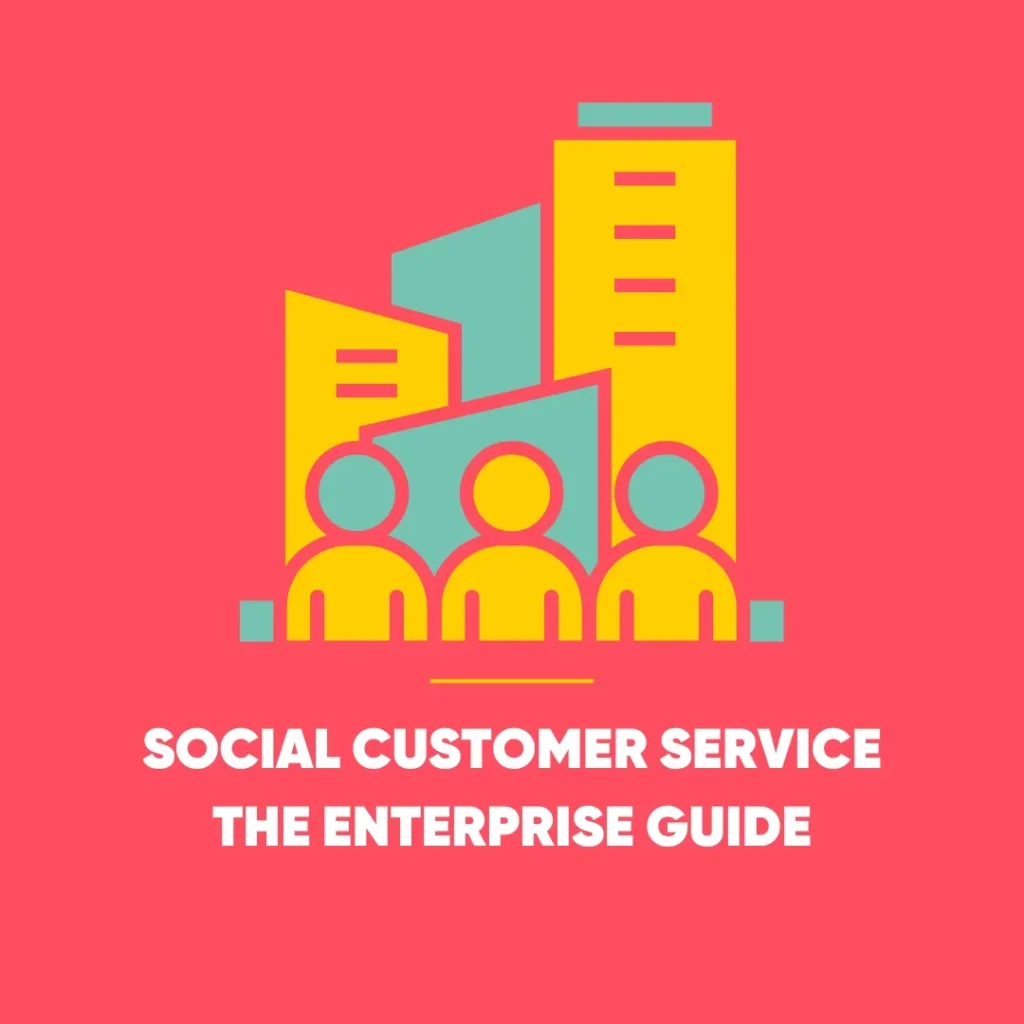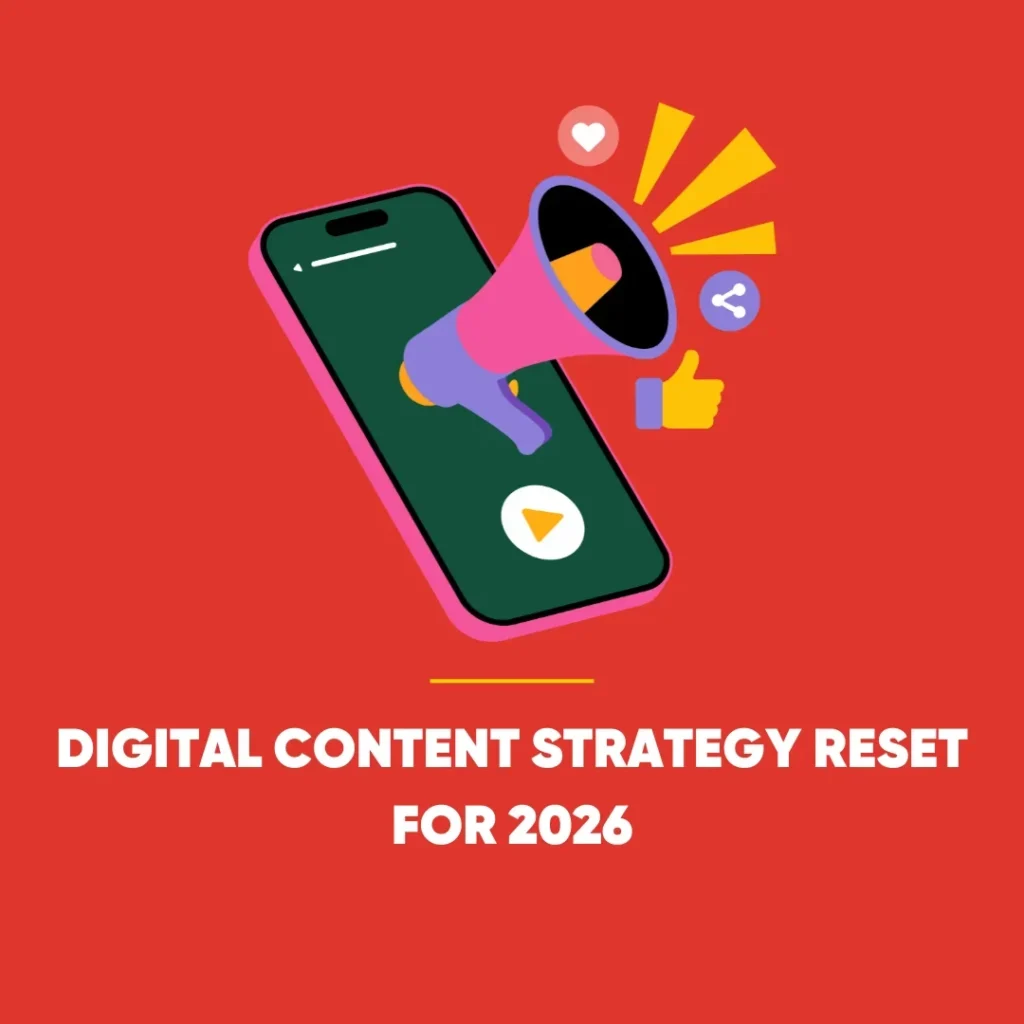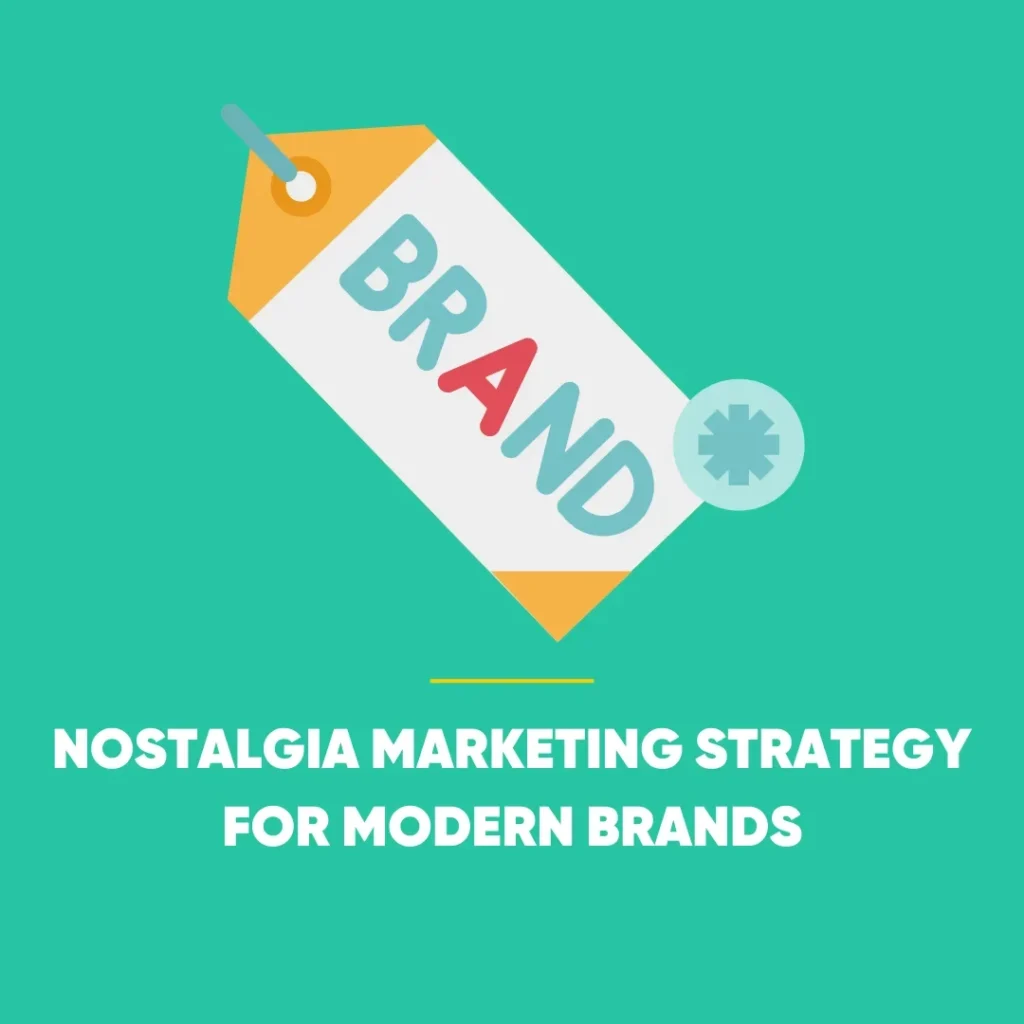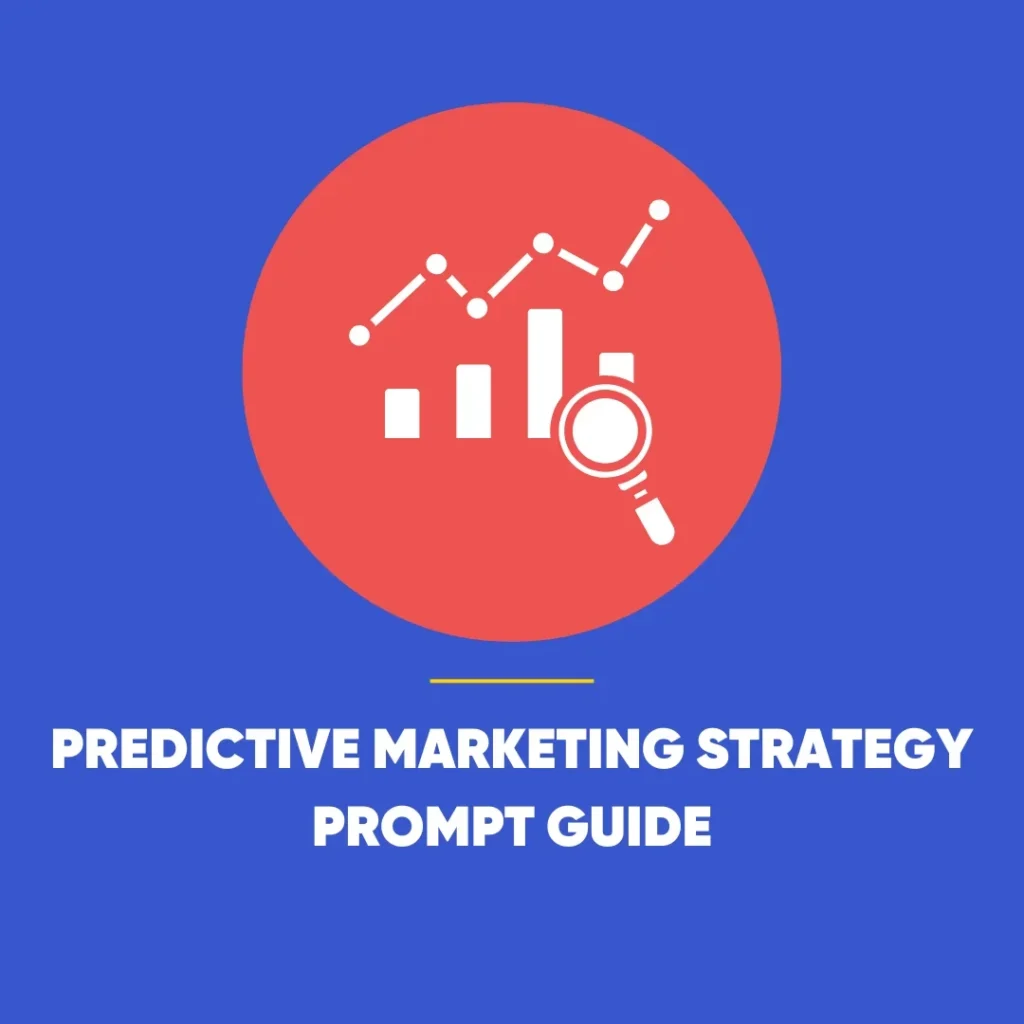Landing Page Essentials: Product Landing Page Design for Success
In the realm of digital marketing, landing page essentials optimise the customer journey and enhance overall effectiveness. This journey begins with effective online advertisements and solid search engine optimisation (SEO) practices. But what happens after potential customers click on your ad and arrive at your product landing page? This critical stage can make or break their buying decision.
Your landing page must be clear, well-structured, and straight to the point to capture and maintain their attention. Without a compelling landing page, all your efforts in online advertising may fall flat. In this article, we will explore how to create a product landing page that not only attracts visitors but also converts them into loyal customers.
Understanding the Product Landing Page
A product landing page is a specific webpage on your site designed to promote and showcase a particular product. Its primary goal is to convert visitors into customers by providing all the necessary information they need to make an informed purchasing decision.
The Distinction Between Landing Pages and Homepages
There is a distinct difference between landing pages and homepages, which highlights the importance of landing page essentials. While homepages serve as the primary entry point to a website, landing pages are specifically designed to convert visitors into leads or customers, focusing on a particular product or offer. This distinction is crucial for understanding the function of a product landing page.
Product landing pages can significantly boost traffic from various sources, including email campaigns, display advertisements, social media, and referral links. They can be utilised to introduce new products, provide potential buyers with additional information, and persuade them to complete a purchase.
Think of your product landing page as a virtual elevator pitch for your product. It serves as the first impression your potential customer will have of your brand, making it essential to include all the information necessary to convince and convert them.
Core Components of a Successful Product Landing Page
The ultimate goal of your landing page is to convert visitors into clients or leads. To achieve this, there are several essential building blocks that every effective product landing page should include. While creativity is encouraged, it’s vital to incorporate these core elements:
- Compelling Headline and Hero Section
- Features and Benefits
- High-Quality Product Images and Videos
- Customer Reviews and Testimonials
- Clear Call to Action (CTA)
- Frequently Asked Questions (FAQs)
Regardless of the landing page builders you utilise, these components should serve as the framework for all your product landing pages.
Compelling Headline and Hero Section
Your landing page headline, also known as the hero copy, is arguably the most critical element of your product landing page. When visitors land on your page, around 70% will leave without taking any action if their interest isn’t piqued immediately.
To ensure visitors stick around, you need to grab their attention right from the start. Your headline should clearly and concisely convey the value they will gain from your landing page and its offer.
Consider how Copyhackers effectively addresses its target audience—freelance copywriters. The hero copy resonates with freelancers’ pain points, mirroring their inner thoughts. This approach captures their attention and encourages them to delve deeper into the content.
Once you’ve secured your audience’s attention with the headline, it’s time to focus on the benefits of your product.
Features and Benefits: The Heart of the Pitch
The features and benefits section is where you truly start selling your product. You need to explain what sets your product apart from the competition—why should consumers choose you over others? Provide a clear overview of all the features your product offers and what benefits these features will deliver.
Remember, it’s not just the features that sell your product; rather, it’s the benefits those features provide to your customers. Therefore, avoid the mistake of solely focusing on what your product can do. Instead, recognise that your potential customers care more about how your product can address their needs and enhance their lives.
For every feature you list, answer the question: “So what?” What does that feature mean for your customer? Address the problems your product will solve and how it can simplify, improve, or enrich your reader’s life. Speak to their pain points and demonstrate why purchasing from you is worthwhile.
Asana excels at this, particularly on its Workflow Builder feature page. Here, they clearly articulate the impact and advantages of using their product in everyday workflows. Furthermore, the page thoroughly describes these benefits, ensuring potential customers have all the information they need to make an informed decision.
Additionally, they present the features in a concise manner, allowing users to grasp what they can accomplish with the Asana app without overwhelming them with excessive detail.
High-Quality Product Images and Videos
Visuals play a crucial role in showcasing your product, as they give potential buyers a preview of what they’re purchasing and elaborate on features in an engaging way. For instance, if you’re marketing physical products, utilise images or videos that highlight the quality and craftsmanship of your items. This approach, in turn, helps customers feel more confident about their purchase by providing a clearer picture of what to expect.
For digital products, screenshots or video walkthroughs can effectively illustrate how the product functions and its various features. Animations or GIFs can help break down complex concepts into easily digestible visuals.
For instance, Hotjar, a product experience tool, employs easy-to-follow product videos with guided instructions to help customers understand the capabilities of their intricate product. Similarly, Absurd Design incorporates unique illustrations on its product landing page, effectively showcasing its absurd illustrations. This “show, don’t tell” tactic links the product directly to the overall experience.
Building Trust with Customer Reviews and Testimonials
Online reviews and testimonials are powerful tools for establishing trust with potential customers. Hearing from other consumers can be incredibly reassuring. You don’t necessarily need hundreds of reviews—even a handful of positive testimonials can significantly influence purchasing decisions.
For example, Lavender, a sales enablement tool, proudly displays its reviews and showcases logos of companies it has worked with, similar to badges of honour. Such social proof helps to build trust and confidence, smoothing the sales process for prospective buyers.
Crafting Effective Call-to-Actions (CTAs)
Once you have effectively communicated the value of your product, it’s crucial to direct your readers with a clear call to action. Tell them exactly what step they should take next. Your CTA should be obvious and straightforward, eliminating any ambiguity about the action you want them to take.
Here are several types of prompts you can employ to create compelling CTAs:
- Sign Up: Encourage readers to register for a free trial, upcoming event, online course, or any other offer you might have.
- Join Us: This call-to-action is suitable for those managing an online community or collaborating on a product with multiple users.
- Subscribe: The most commonly used call-to-action, inviting readers to receive regular updates from you. It’s ideal for building an audience.
- Learn More: If your landing page doesn’t cover all the necessary information, invite visitors to access further details.
- Try for Free: Offering a free trial is an excellent way to build trust and boost sales. Encourage potential clients to demo or try your product before committing to a purchase.
- Get Started: This versatile call-to-action can encourage various behaviours, from initiating a virtual experience to starting a free trial.
For example, Mailchimp’s Landing Page Builder product landing page features a CTA that inspires action and provides immediate gratification for the user.
While it’s acceptable to inject some personality into your CTAs, ensure you consistently offer value and clear direction.
Addressing Concerns with a FAQ Section
Finally, many product landing pages include a FAQ section, which is one of the key landing page essentials. This is an effective way to tackle any lingering concerns and provide additional details on your offer or product.
Here are some tips for writing effective FAQs:
- Clarity: Your answers should be straightforward and get to the point quickly.
- Conciseness: Avoid unnecessary wordiness. Keep your answers brief and direct.
- Use Visuals: Incorporate images, diagrams, or other visuals whenever possible to elucidate complex concepts.
- Add Personality: While your answers should be clear and informative, don’t hesitate to infuse some character into your copy.
Mailchimp excels at making its FAQs clear, concise, and easily accessible. By incorporating collapsible sections, readers can choose to find the answers to their questions without being overwhelmed by excessive information at once.
You’ll often find FAQs positioned at the bottom of landing pages, rather than in boilerplate text. This positioning effectively addresses any remaining concerns visitors might have before making a purchase. If a potential customer has scrolled all the way to the bottom of the page, they’ve likely already passed up several opportunities to buy. FAQs can help tackle objections that may be preventing them from making a purchase.
The Significance of Mobile-Optimised Landing Pages
With over 50% of website traffic originating from mobile devices, ensuring your product landing page is optimised for the best mobile experience is crucial. Otherwise, visitors may leave quickly without taking any action.
Moreover, Google prioritises mobile-friendly pages when ranking search results. If your landing page isn’t mobile-optimised, it may not appear in search results, negatively impacting your visibility and potential traffic.
Designing your landing pages with mobile users in mind doesn’t have to be complicated. Simple adjustments, such as using larger fonts, minimising text, and ensuring buttons are easily clickable on smaller screens, can make a significant difference.
Hootsuite’s signup page exemplifies simplicity and ease of use for mobile users. Unlike the desktop version, mobile product landing pages cannot display the entire process on one screen. Due to smaller screens, the first page should only contain essential information. Therefore, mobile design requires a simplified approach that focuses on presenting the most critical details upfront, ensuring visitors do not overlook your offerings.
Landing Page Essentials: Product Landing Page Best Practices by Industry
Creating effective product landing pages is not a one-size-fits-all endeavour. In fact, different industries may require tailored approaches based on their target audiences and product types. Therefore, here are some best practices segmented by various industries:
E-Commerce
For e-commerce businesses, your product landing pages should focus heavily on high-quality images and detailed product descriptions. Use lifestyle images that depict your products in real-life scenarios to help customers envision them in their lives. Additionally, integrating customer reviews can build trust and encourage conversions.
- Include Size and Fit Guides: If you’re selling apparel, adding size charts can help customers make confident decisions, reducing return rates.
- Promote Discounts or Limited-Time Offers: Highlight any sales or promotions prominently to encourage quick purchases.
SaaS (Software as a Service)
SaaS landing pages should focus on demonstrating how your software solves specific problems. Use clear value propositions and strong CTAs, such as “Start Your Free Trial” or “Request a Demo.” Consider these best practices:
- Use Interactive Demos: If feasible, provide an interactive demo or a video walkthrough of your software to engage users.
- Highlight Customer Success Stories: Share case studies showcasing how your software has positively impacted clients.
Travel and Hospitality
For the travel industry, landing pages should evoke emotions and inspire wanderlust. Use stunning visuals of destinations and include clear CTAs to book trips or learn more about your services.
- Incorporate User-Generated Content: Feature testimonials and images from past travellers to add authenticity.
- Use Local SEO Techniques: Optimise your landing page for local search to attract visitors looking for experiences in specific locations.
Real Estate
Real estate landing pages should focus on showcasing properties with high-quality images, detailed descriptions, and virtual tours. Here are some best practices:
- Include a Mortgage Calculator: Providing tools for potential buyers, like mortgage calculators, can add value and encourage them to engage with your site.
- Offer Property Comparisons: Allow users to compare different listings, helping them make informed decisions.
Health and Wellness
Health and wellness pages should build trust and credibility, as they often deal with sensitive topics. Best practices include:
- Show Credentials: Clearly state the qualifications and expertise of those providing the information or services.
- Include Clear Safety Information: Make safety protocols and practices transparent to reassure potential customers.
Food and Beverage
Food and beverage landing pages should entice visitors through vivid imagery and appealing descriptions. Consider these tips:
- Highlight Ingredients: Clearly list ingredients and sourcing practices to appeal to health-conscious consumers.
- Incorporate Nutritional Information: Providing detailed nutritional information can help consumers make informed decisions.
Tracking and Analytics: Measure Your Success
No product landing page is complete without a robust analytics strategy that focuses on landing page essentials. Specifically, you need to measure how well your landing page performs to understand what’s working and what needs improvement. Consequently, here are some key metrics to monitor:
Conversion Rate
The conversion rate measures the percentage of visitors who complete the desired action on your landing page, such as making a purchase or signing up for a newsletter. A low conversion rate may indicate that your landing page needs adjustments.
Bounce Rate
The bounce rate reflects the percentage of visitors who leave your page without interacting. A high bounce rate could signal that your content isn’t engaging or relevant to your audience.
Average Time on Page
This metric indicates how long visitors stay on your landing page. A higher average time often suggests that users are engaging with your content. If the time is low, consider revisiting your content’s relevance or structure.
Click-Through Rate (CTR)
For landing pages linked from email campaigns or ads, monitoring the click-through rate can provide insights into the effectiveness of your promotions. A low CTR may indicate that your ad copy or targeting needs improvement.
A/B Testing
Implementing A/B tests allows you to experiment with different headlines, CTAs, or layouts to determine which versions yield better results. Testing can help you identify the most effective elements for your audience.
Continuous Optimisation: Evolving with Your Audience
Creating a successful product landing page is not a one-time task. Instead, it requires continuous optimisation and adjustments to remain effective as your audience’s preferences change. Therefore, here are some tips for ongoing improvement:
Solicit Feedback
Don’t hesitate to ask your customers for feedback on your landing page. In fact, understanding their perspective can help you make necessary adjustments. Additionally, use surveys, interviews, or direct customer feedback to gather insights.
Stay Updated on Industry Trends
Regularly research industry trends and best practices to keep your landing pages relevant. What worked last year may not resonate with consumers today, so staying informed is essential.
Monitor Competitors
Keep an eye on your competitors’ landing pages. Additionally, evaluate their strategies, designs, and content to identify areas where you can differentiate and improve.
Regularly Refresh Content
Update your landing page content regularly to keep it fresh and relevant. This includes adding new testimonials, case studies, or promotions. Regular updates signal to both search engines and visitors that your page is active and trustworthy.
Conclusion: The Art of Product Landing Page Design
Remember to continually measure your page’s performance through analytics and adjust your strategies based on data-driven insights. By staying updated on industry trends and continuously optimising your landing page, you’ll ensure that it remains effective in attracting and converting visitors.
In the competitive landscape of digital marketing, your product landing page can serve as a powerful tool in your arsenal. Therefore, invest time and resources into designing a page that effectively communicates your value proposition and meets the needs of your target audience. All in all, the results will speak for themselves in the form of increased conversions and a stronger customer base.









